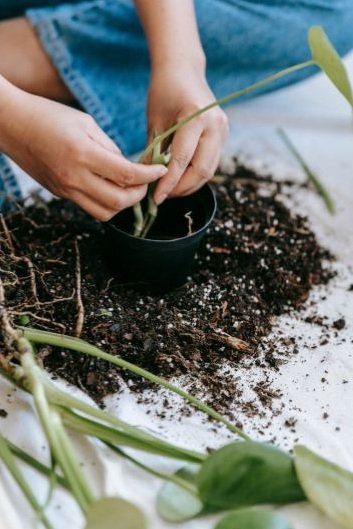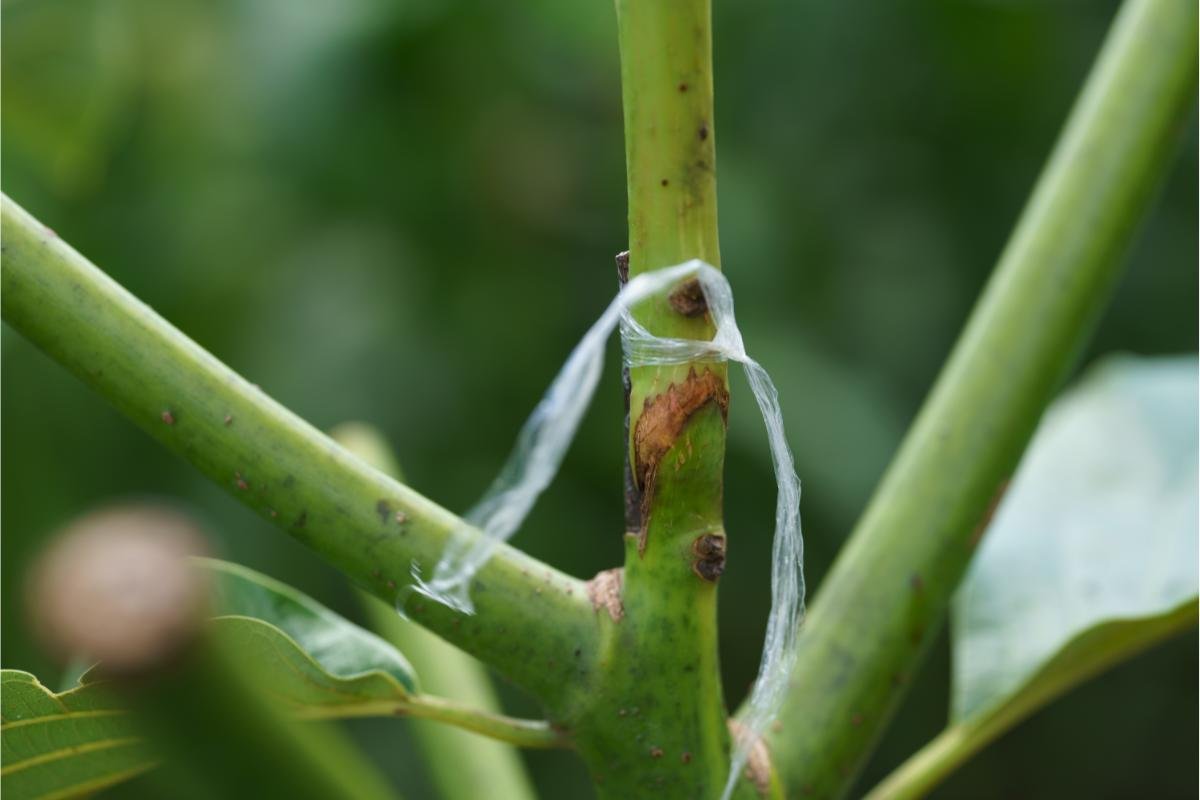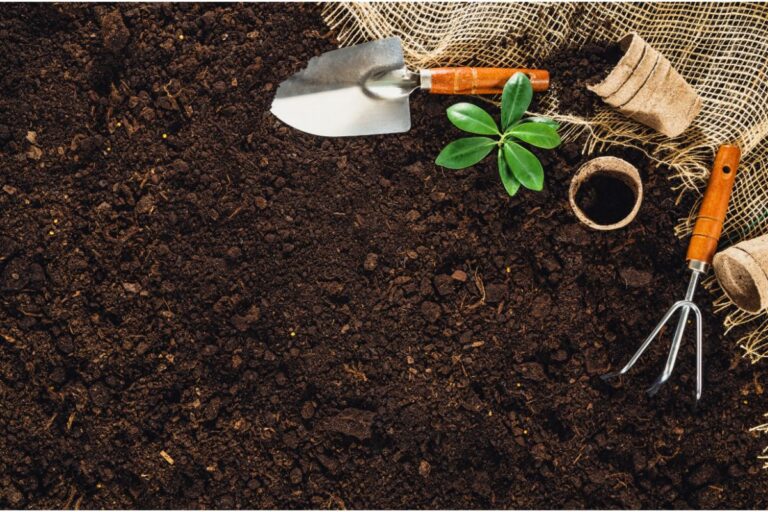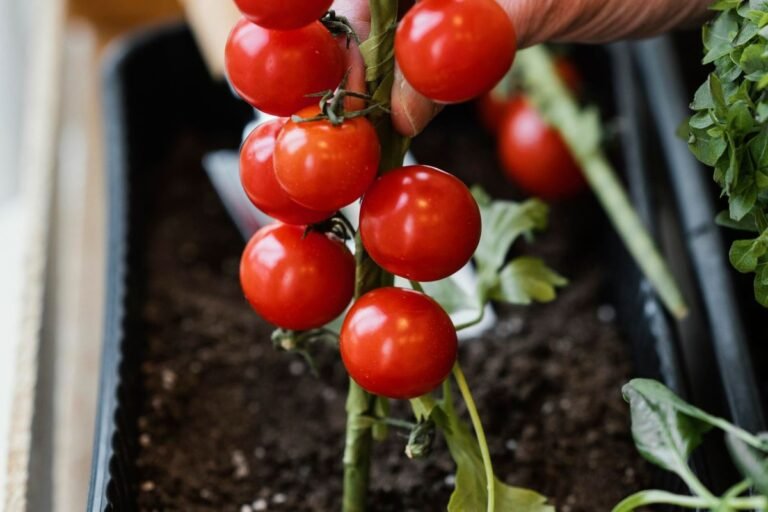Rooting Hormone for Cuttings
Have you tried but failed to grow new plants from existing plants? If you haven’t tried rooting hormone, you’re losing the opportunity for the success of plant propagation from cuttings. In this article, we’ll be discussing all you need to know about Rooting Hormone for cuttings.
What is a Rooting Hormone?
Rooting hormone is used to stimulate the roots and improve your chances of successful plant rooting. As opposed to plants that don’t have rooting hormone applied, those that employ hormones will establish their roots more quickly and with higher quality.

Types of Rooting Hormone
There are 3 types of rooting hormone available in the market.
Liquid
There are two main ways in which rooting hormone can be purchased, with liquid being the most popular. The first is a rooting hormone of standard strength that is ready to use right out of the bottle. The second type of rooting hormone is concentrated and needs to be diluted to be applied correctly.
You should pour a liquid hormone that is ready to use into another container rather than dipping it into the bottle while utilizing it. This keeps your cuttings clean from disease contamination.
When employing a concentrated version, it must first be diluted before usage. Although it may seem like an inconvenience to dilute your rooting hormone, it is generally less expensive than the ready-to-be-utilized variety. Additionally, it enables you to adjust the dilution of the plant you are trying to grow more precisely.
Gel
The gel form is the most popular of the three forms of rooting hormone. When utilizing gel rooting hormones, all you have to do is put the gel in a tiny container and dip your cuttings in it. You do not need to take any additional action because the gel stays attached to the cutting.
Powder
Choose the powdered version if you prefer a rooting hormone that is more shelf-stable. Because it lasts longer, powdered rooting hormone is popular with both beginner and professional gardeners.
If you’re utilizing powder rooting hormone, you should first put the cuttings in water to help the powder stick to and seal the cut region. Next, add some powder to a different bowl or plate to prevent contamination. To remove extra rooting hormone, lastly, dip your moist cuttings into the powder.
Steps to Use Rooting Hormone
There are a few steps to follow to ensure that you use the rooting hormone correctly and that your cuttings sprout effectively.
Step 1: Collect Your Cuttings
Collecting cuttings from another plant is the first step. You should strip off a few of the bottom leaves and cut them at a 45-degree angle using a sterile knife. Place the cutting in the same location and get ready for step two.
Vine cuttings or even leaf cuttings will serve several plant species. Make sure each leaf cutting has at least 1.5 inches of a leaf stem if you are using leaf cuttings.
Step 2: Making Your Rooting Hormone Ready
Depending on the type you choose, you’ll need to correctly prepare your rooting hormone.
If you are applying a non-concentrated liquid solution then put that into a different container if you want to prevent contamination. Use diluted liquid and pour it into a different container if you’re applying a concentrated liquid.
Also, put it into a second container if you’re using a powdered or gel solution.
Step 3: Use the Rooting Hormone
If you’re applying a liquid hormone, you only need to put the cuttings into the solution, and then put them aside.
Although you must first dip your cuttings in water, roll them in the powder, and then shake them for any extra powder. Powdered rooting hormone produces roots just as well.
The gel rooting hormone is the simplest to apply because all you need to do is dip your cutting, and the gel will stick. No need to boost the rooting hormone in the middle of your propagation.
Step 4: Placing Your Cuttings in the Ground
After applying your rooting hormone, you need to put your cuttings in a rooting media.
Following the inserting of the cuttings into the growing medium, wrap them with a humidity dome or plastic bag and place them in a location with plenty of natural light.
Step 5: Wait for Your Cuttings to Grow
Make sure to provide enough moisture for your cuttings as they develop their root systems. Unless they reside in an environment with high humidity, they will quickly become dehydrated since they lack a root system. The humidity dome and regular spraying help to keep them hydrated.
You can relocate them to a location with reduced humidity once you notice new roots and the development of leaves because they will be able to support themselves there.
Can I Prepare My Own Rooting Hormone?
Traditionally, there are 3 common ways to make homemade rooting hormones which include honey, cinnamon, and aloe vera.
What is a Natural Rooting Hormone?
Enzymes found in human saliva may be useful in the root development of indoor plants. In fact, according to some gardening experts, saliva serves as the most effective natural rooting hormone for indoor plants. That is superior to cinnamon, willow water, and apple cider vinegar.
How Much Time Does it Take for a Plant to Root When Using a Rooting Hormone?
Based on the rooting hormone, rooting typically takes place between 2 to 8 weeks. Typically, watering is not frequently required for plants during this rooted stage as they would ordinarily require under normal circumstances.




